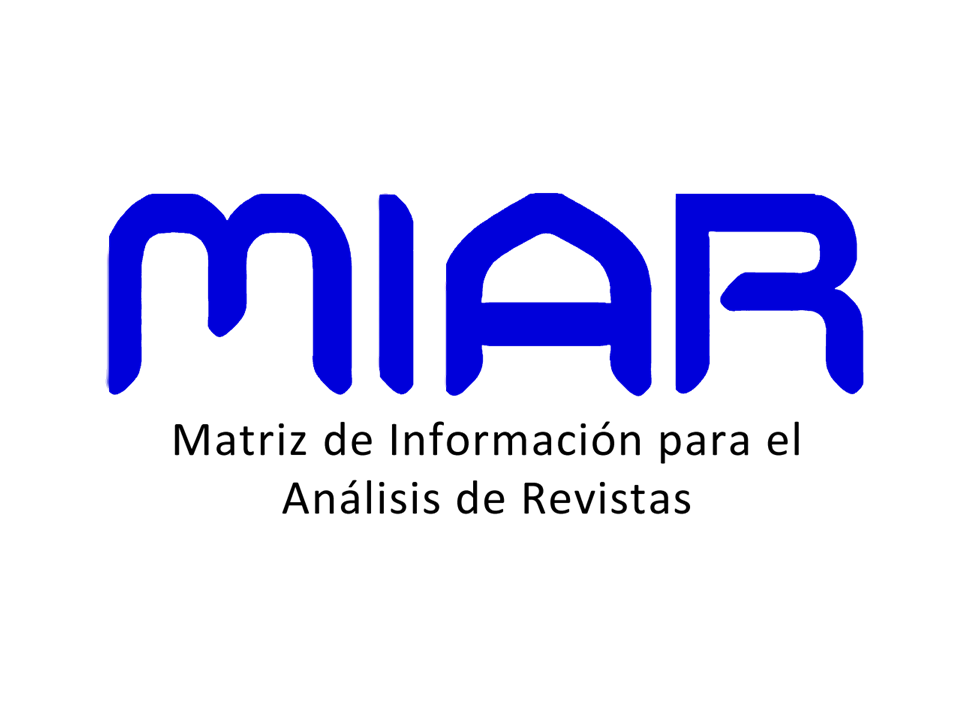HYPOSEGMENTATION AND HYPERSEGMENTATION ASPECTS IN WRITING OF SCHOOL-PRODUCED SHORT STORIES
DOI:
https://doi.org/10.22478/ufpb.1983-9979.2019v14n1.48991Abstract
This study reflects on the use of unconventional segmentation in texts written by students from the 7th grade, enrolled in public schools and analyzes stories written in different didactic environments, during a reading and writing project developed in Elementary School. The relevance of this study lies in a didactic proposal to reduce writing misconceptions, from reading and writing short stories. In addition, this work is inspired by an Australian teaching methodology. To that end, we identified and categorized linguistic phenomena considered non-conventions of the written language, of phonological origin and gram-phonological, not adequate to the standard written standard, noting a higher incidence of hypo and hypersegmentation of words in twenty written short stories. In order to base this research, we use the studies of Rothery (1994; 1996), Martin and Rose (2008) and Rose and Martin (2012) on Pedagogy of Genres, developed by the scholars of the Sydney School, besides studies by Bortoni-Ricardo and Cagliari (2009) on writing, Cunha (2004), Tenani (2011, 2014) on non-conventional segmentations. The results demonstrate a process of schooling of the participants, indicating a fluctuation in the language, because now the student writes to avoid orthographic norms, or writes according to the convention of the language.Downloads
Download data is not yet available.
Downloads
Published
2019-11-09
How to Cite
da Silva Nemésio dos Santos, A. C. M., & da Silva Albuquerque Barbosa, M. do R. (2019). HYPOSEGMENTATION AND HYPERSEGMENTATION ASPECTS IN WRITING OF SCHOOL-PRODUCED SHORT STORIES. PROLÍNGUA, 14(1), 132–145. https://doi.org/10.22478/ufpb.1983-9979.2019v14n1.48991
Issue
Section
Artigos










